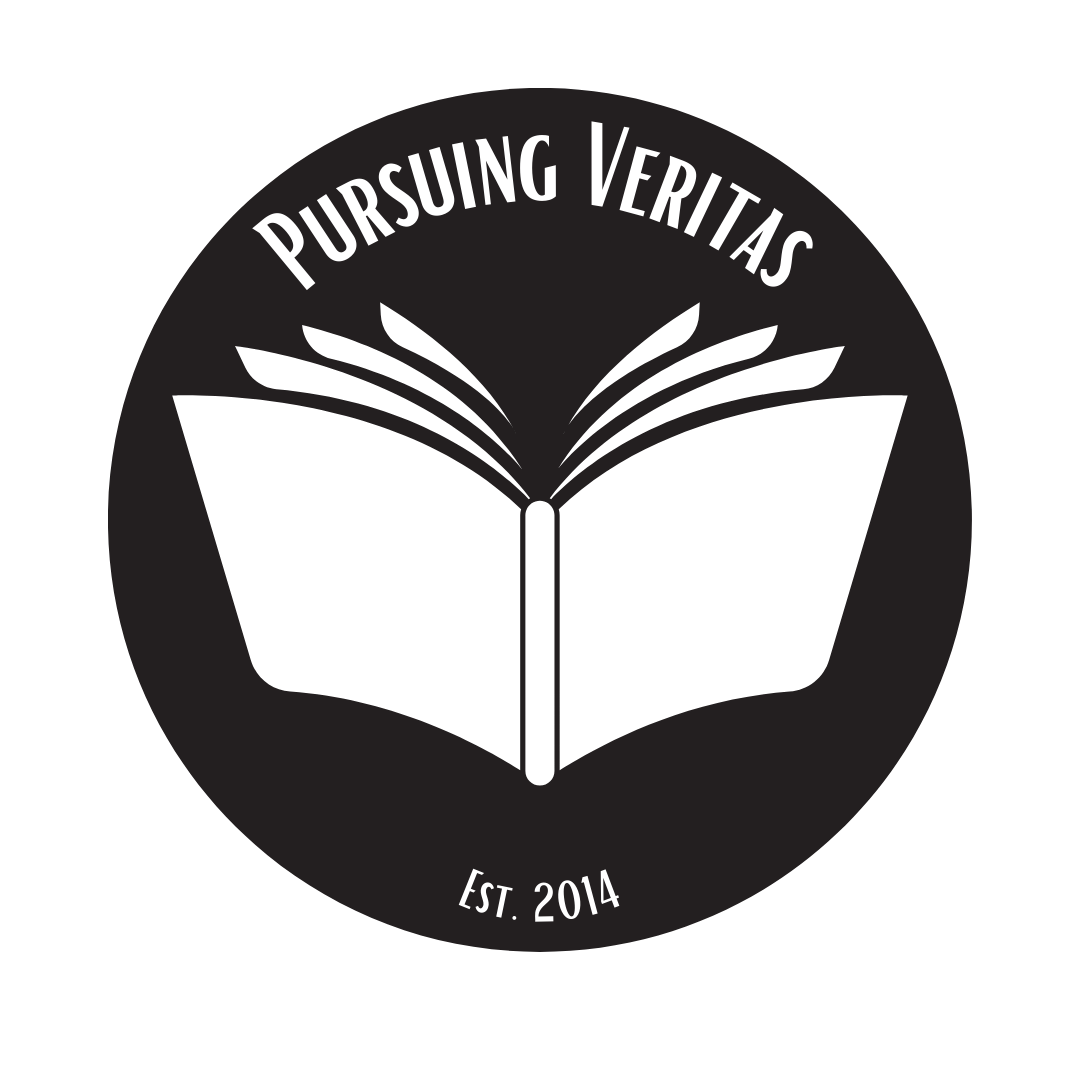 In “Spirituality in American: Signs of the Times,” Bill Leonard outlines the recent rise in American spirituality, especially the rise in eclectic forms of spiritual practice. Tracing the development of American religious pluralism and re-formation of the American religious terrain, Leonard details the postmodern practice of employing multiple forms of spiritual tradition within an individual’s personal spiritual formation, and notes the application of four very different spheres of spiritual thought: Roman Catholic Spiritual Traditions, Charismatic-Evangelical Influences, Global Spirituality, and Undomesticated Spirituality.
In “Spirituality in American: Signs of the Times,” Bill Leonard outlines the recent rise in American spirituality, especially the rise in eclectic forms of spiritual practice. Tracing the development of American religious pluralism and re-formation of the American religious terrain, Leonard details the postmodern practice of employing multiple forms of spiritual tradition within an individual’s personal spiritual formation, and notes the application of four very different spheres of spiritual thought: Roman Catholic Spiritual Traditions, Charismatic-Evangelical Influences, Global Spirituality, and Undomesticated Spirituality.
Giving examples of each of these spheres of thought, Leonard notes that Roman Catholic Spiritual Traditions — especially the use of works of Benedictine monks, Teresa of Avila, Thomas a Kempis, John of the Cross, Thomas Merton, and the like — and the impact of Charismatic-Evangelical Influences are perhaps the two factors that are most established within the American context. Additionally, Leonard points out the rise in Global Spirituality and blending faith traditions, noting standout Thich Nhat Hahn, as well as that paradigmatically American quality of “Undomesticated” Spirituality that focuses on the outer dimensions of a powerful inner “spirit of resistance.”

Closing his account of American spirituality with tales of the Appalachian serpent handling tradition, Leonard notes that many factors of the current American spiritual climate need to be examined, perhaps not least of all the impact of eclectic spirituality on a traditions context and community. This question ought to be considered by anyone who ascribes a relative importance to spirituality or religious traditions. However, we may also desire to step back and examine another consider: What does the rise in variants and breadths of American spirituality in recent decades indicate? Why have so many taken to some form of spiritual practice, including practices that do not stem from their own personal tradition(s)?
Does the rise in general spirituality reflect a growing rejection of secular modernism? If so, then what of postmodern spheres of thought: does a postmodern approach seek to undermine both modernism as well as traditional institutional Christianity? Or is there another reason for the rise in spiritual practice?
 On a personal level and as a (at least nominally still) Protestant Christian, I have found the works of Eastern Christians to be formative spiritually and I have employed works written by Thomas a Kempis and Ignatius of Loyola in both intellectual and devotionally spiritual manners. The approach that I take does not constitute an intentional slight to my Reformation tradition, but stems from an intentional desire to balance my spiritual formation and focus more on an ecumenical approach than rigid denominational dogmatism. Questions remain however: Does the rise in American spirituality reflect that many are seeking to reference or interact with something ‘beyond’ themselves? Or does it reflect a growing reliance on doing something that “feels good”? Do people seek spiritual niches for real value and practical significance, or do people generally employ spiritual practices for the ‘religious experience’? Only time and attention to individual spiritual practice and growth will tell.
On a personal level and as a (at least nominally still) Protestant Christian, I have found the works of Eastern Christians to be formative spiritually and I have employed works written by Thomas a Kempis and Ignatius of Loyola in both intellectual and devotionally spiritual manners. The approach that I take does not constitute an intentional slight to my Reformation tradition, but stems from an intentional desire to balance my spiritual formation and focus more on an ecumenical approach than rigid denominational dogmatism. Questions remain however: Does the rise in American spirituality reflect that many are seeking to reference or interact with something ‘beyond’ themselves? Or does it reflect a growing reliance on doing something that “feels good”? Do people seek spiritual niches for real value and practical significance, or do people generally employ spiritual practices for the ‘religious experience’? Only time and attention to individual spiritual practice and growth will tell.

Leave a comment